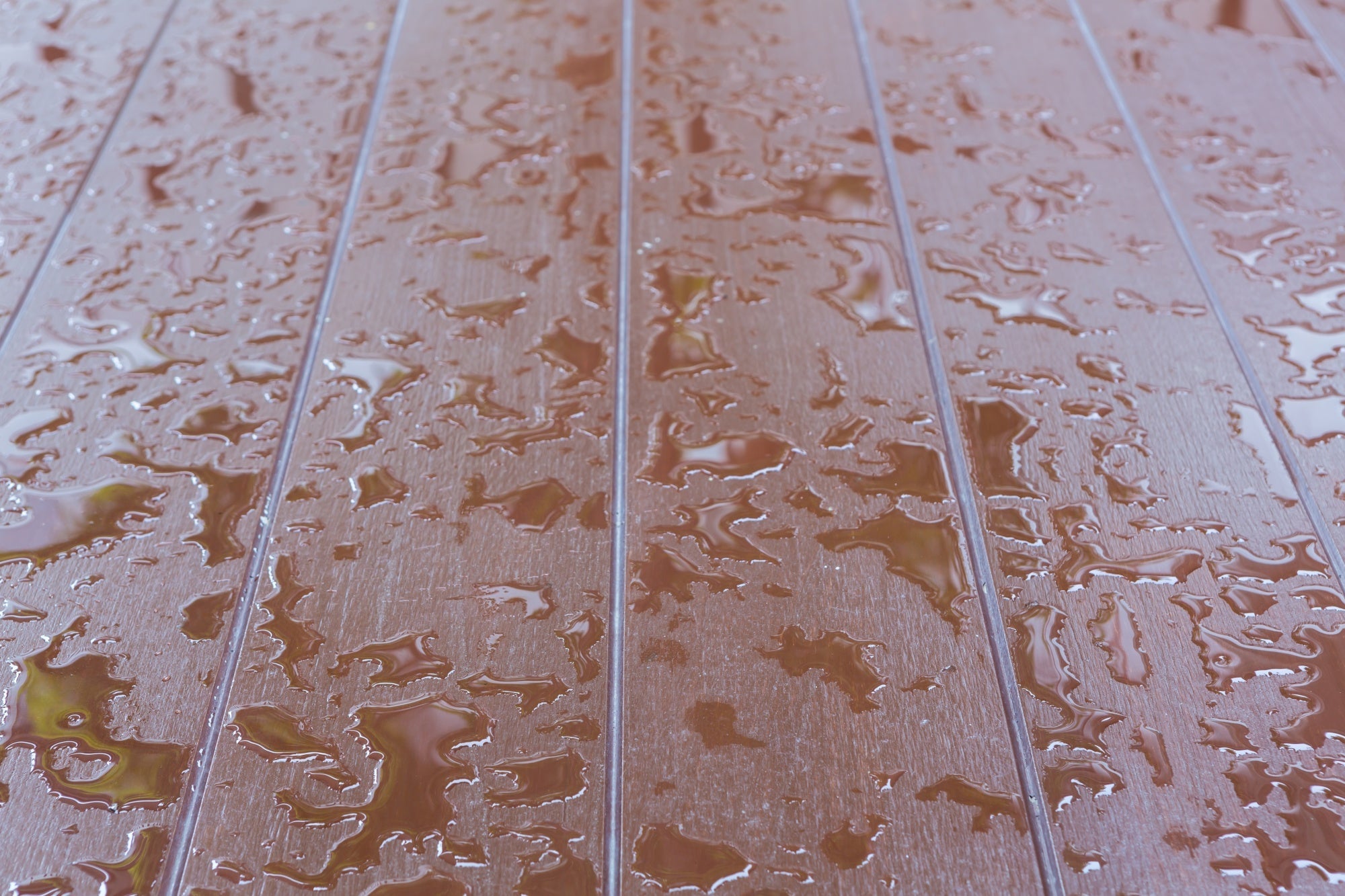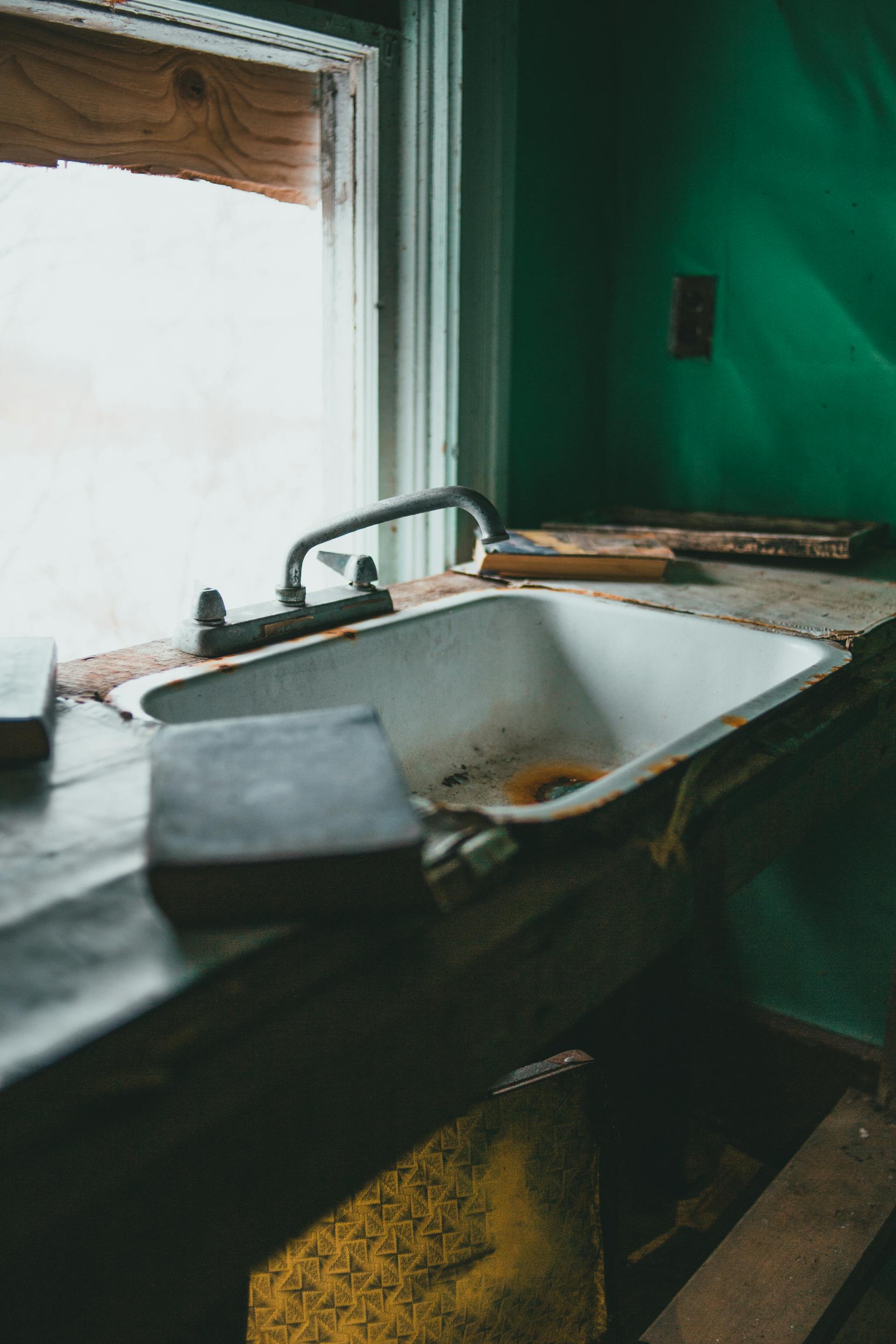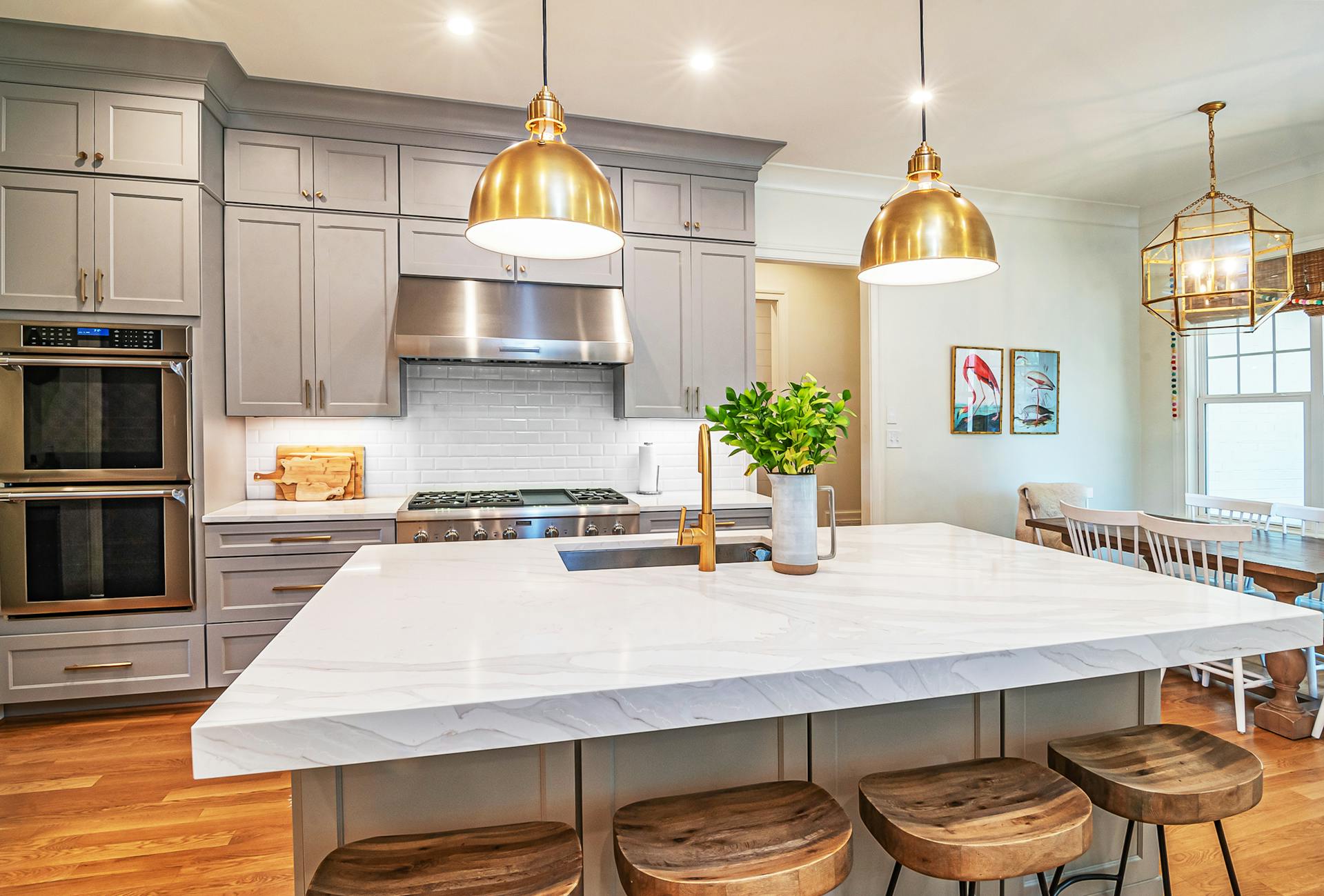Ever had the experience of turning on your sink's faucet only to be dismayed by a feeble trickle of water? Chances are you're having an issue with your water pressure. Every homeowner should understand the crucial relationship between water pressure and their sink for a smooth functioning home water system. But just how important is it, and what do we need to watch out for?
"Water pressure can make or break your day - it's as simple as that. Too much pressure and you could have a leaking catastrophe on your hands, not enough and you'll struggle to perform the simplest of tasks."
Before we dive into the nitty-gritty, let's take a minute to understand what we're actually talking about when we mention 'water pressure'. In the simplest of terms, it refers to the force which pushes water through our pipes and out of faucets. Knowing, monitoring, and controlling water pressure can transform your experience from a disheartening dribble to a revitalizing river. So, let's delve deep into the topic and equip you with all the knowledge you need to tackle any issues head-on.
The Correlation Between Water Pressure and Your Sink
So, you might be wondering, why is the relationship between water pressure and your sink such a vital one? Well, let's break it down. Firstly, the perfect water pressure is critical for your daily tasks, whether it's washing dishes or simply getting a glass of water. Too high a pressure can cause splashing and unwanted mess, while too low a pressure can be frustrating and inefficient. The feel of the water flow when you turn on your tap isn't just a matter of preference, it's about finding the ideal balance.
Furthermore, inadequate water pressure can be a real pain. Think of a time when you were trying to rinse a plate, but the slow dribble of water barely made an impact. Not only does it make your chores longer, but it can also signify bigger issues such as a leak or blockage in your plumbing system.
Consequences of Low Water Pressure on Your Sink
It's no secret that low water pressure can be a source of frustration. But, my friend, did you know that it can also spell trouble for your sink? Well, sit tight as we delve into this often overlooked fact.
When you're dealing with subpar water pressure, you may experience more than just an annoyance. Essentially, a lower-than-recommended water pressure slows down the flow of water significantly. This, in turn, paves the way for sediment build-up in your pipes, which can lead to blockages over time.
The blockages aren’t just aggravating; they can escalate to major plumbing headaches if not rectified promptly. You could end up with a completely clogged sink – a situation nobody enjoys dealing with. Additionally, the accumulation of sediment often results in off-putting odors wafting from your sink, creating an unappealing environment in your kitchen or bathroom.
Also worthy of your attention is how low water pressure affects your sink's cleaning power. A strong, steady jet of water is indispensable for efficiently washing dishes in the kitchen sink, or for a satisfying rinse after brushing your teeth in the bathroom sink.
Troubleshooting Low Water Pressure: A Step-By-Step Guide]
So, you've determined that low water pressure is the culprit behind your sink troubles, and it's time to take action. But where to start? Fear not, dear reader; we've got you covered with this tried and true guide that we've compiled to help you navigate your way towards better water pressure.
Step 1: Investigate for localised issue. Is the low pressure confined just to one sink, or is it a widespread problem? If it's just one sink, the issue might be with the faucet or aerator, which is an easier fix. Conversely, if the problem is everywhere, it likely lies in your main supply.
Step 2: Check the aerator. Over time, minerals build up on the aerator, leading to blockages. To clean it, simply unscrew it from the faucet, scrub away any debris, and then rinse. A vinegar soak can do wonders if the buildup is stubborn.
Step 3: Inspect the water lines. Bent or pinched lines can cause pressure to drop. Ensure your lines have no kinks, and if your sink connects to a flexible line, replace it with a copper line if necessary.
Step 4: Look into the pressure reducing valve. Designed to limit water pressure to a safe level for your home, a poorly adjusted valve could be to blame. Adjust it or call a professional if this seems to be the problem. While, this might seem complicated, remember—you're not alone. There are professionals willing to assist you every step of the way.
Following these steps should take you far in troubleshooting the low water pressure in your sink. But remember, if the problem persists, don't hesitate to call in a professional. After all, the integrity of your plumbing is paramount to the functioning of your home.
Proven Techniques to Increase Water Pressure in Your Sink
Feeling a little vexed because your sink's water pressure is more like a lazy river than a rushing rapid? Worry not! We have several proven techniques to turn that situation around and restore the perfect level of pressure to your kitchen or bathroom sink.
Firstly, a simple clean-up might do the trick. Low pressure can often be a result of mineral deposits clogging up the aerator of your faucet. Just unscrew it, give it a good soak in a white vinegar solution and scrub away the residues with a soft brush. Once you replace it, you may find the water flow vastly improved.
Adjust the Pressure Regulator
Still not experiencing the desired water pressure? It might be time to adjust the pressure regulator. This device, usually located on the main water line, can affect the water pressure throughout your entire home. However, it's crucial to bear in mind when making any adjustments that increasing the pressure too high can pose risks to your pipes and appliances. Therefore, it would be wise to get assistance from a professional plumber for this task.
Inspect the Water Valve
If you are still struggling with weak water pressure, it could be a partially closed water valve. These valves, located near your water meter, control the overall water flow in your house. Make sure that they are completely open for optimum water pressure.
Finally, if none of these techniques work, then it might be an issue that's out of your hands - such as an inherent problem with your municipal water supply or ageing plumbing infrastructure. That's when calling a professional plumber would be the best course of action.
Conclusion
Amid all the intricacies and nuances of home maintenance, we've laid bare the critical role the relationship between water pressure and your sink plays. It's vital for everyone to understand that seemingly negligible aspects like water pressure can make a huge difference to the daily convenience and functionality of your kitchen or bathroom. While these troubleshooting steps are valuable for resolving minor water pressure issues, remember not to hesitate in reaching out to a professional if the problem persists. You've made a savvy start by gaining a good grasp on this subject, marking a significant step towards becoming a more knowledgeable homeowner. May your sinks always brim with the ideal water pressure and offer you the functional comfort you deserve.






Share:
Innovations in Kitchen Spaces: A New Era of Home Design
The Art of Sink Selection: A Comprehensive Guide